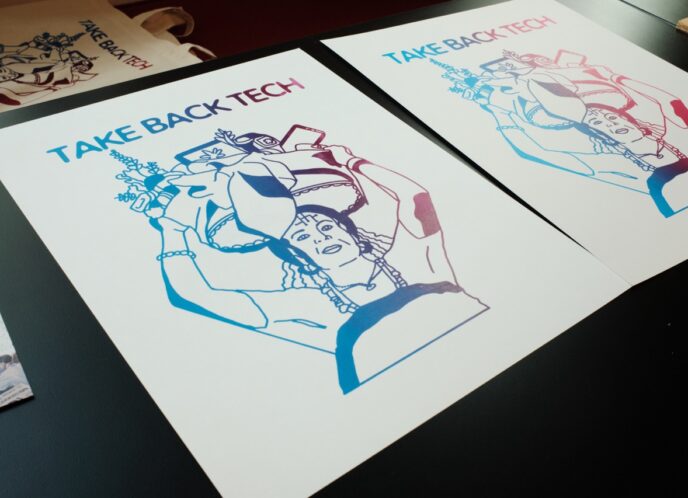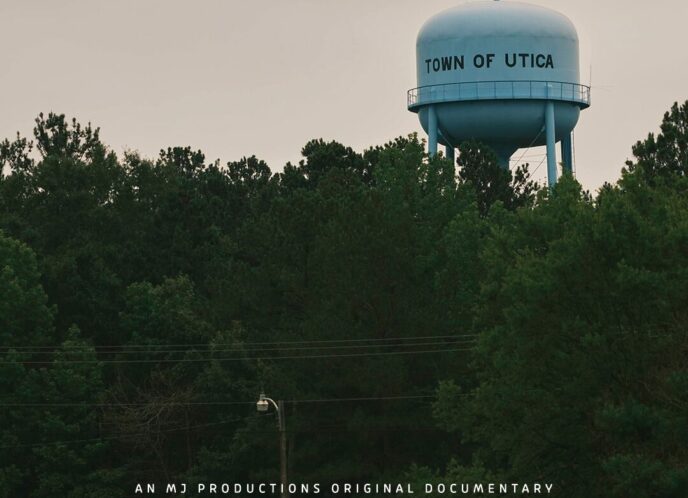Below is an excerpt from a journal article written by Lyell Davis, from the Radical History Review.
Building a National Media Justice Movement: An Interview with Betty Yu, Membership Organizer, Media Action Grassroots Network, the Center for Media Justice
Founded in 2002, the Center for Media Justice (CMJ) is a national organization working to create media and cultural conditions that strengthen movements for racial justice, economic equity, and human rights. CMJ is the anchor for the Media Action Grassroots Network (MAG- Net), a nationwide local- to- local advocacy network of grassroots community organizations working together to achieve these goals. Through the collaborative action of over one hundred member groups, regional chapters, an online action network, a media justice learning community, and collaborative campaigns, MAG- Net members are winning fights for digital inclusion, public media, journalism, and media justice. CMJ is based in Oakland, California. Web address: centerformediajustice.org.
RHR: Media justice is a term some people may not be familiar with. What are its origins?
Betty Yu: The media justice movement emerged out of a need felt by communities of color, working- class and low- income communities, people in rural communities, native communities, folks who are at the margins of society, who were at the margins of the media reform fight. These people really needed to carve out a leadership space for themselves. Over the years the media reform movement has been doing good work, but there are a lot of people who have been involved in the media reform movement who saw that it was very white, very male dominated, and the issues addressed weren’t really resonating with the people who feel the brunt of injustice. The people who are hardest hit by social injustice, racial injustice, media injustice, are communities of color and low- income people and immigrants, and they were very often kept out of the conversation, never mind setting the agenda.
Today we’re now in a really different place; not only have marginal communities carved out a space for ourselves,but we’re in a leadership position to shape what a media justice agenda should look like. We’ve also managed to be seen as leaders in the media justice and media democracy movement. This has been a major shift, I would say, in the past three years. But I also want to point out that although the term media justice has generated a buzz in the past couple of years, this work has been going on for a really long time. With the United Church of Christ and the civil rights movement this work was going on, bringing lawsuits against broadcasters for, basically, racist broadcasting. That was during the civil rights era, but it illustrates something like today’s media justice movement at work decades and decades ago.
Also, when local activists started public access television in the 1970s, that was media justice work. Community radio, pirate radio, local activists figuring out that they couldn’t rely on mainstream media to tell their stories, figuring out the media platforms to use to get their own message out there was the same. This work was going on a long time before 2004 or 2005, when the media justice movement of today was launched.
How do you define media justice?
We define media justice in three ways: rights, access, and power. Access means we want access to the pipeline, to the Internet or other media platforms. This is why policy is important, because it shapes whether we have access to these platforms, to tell our stories.



